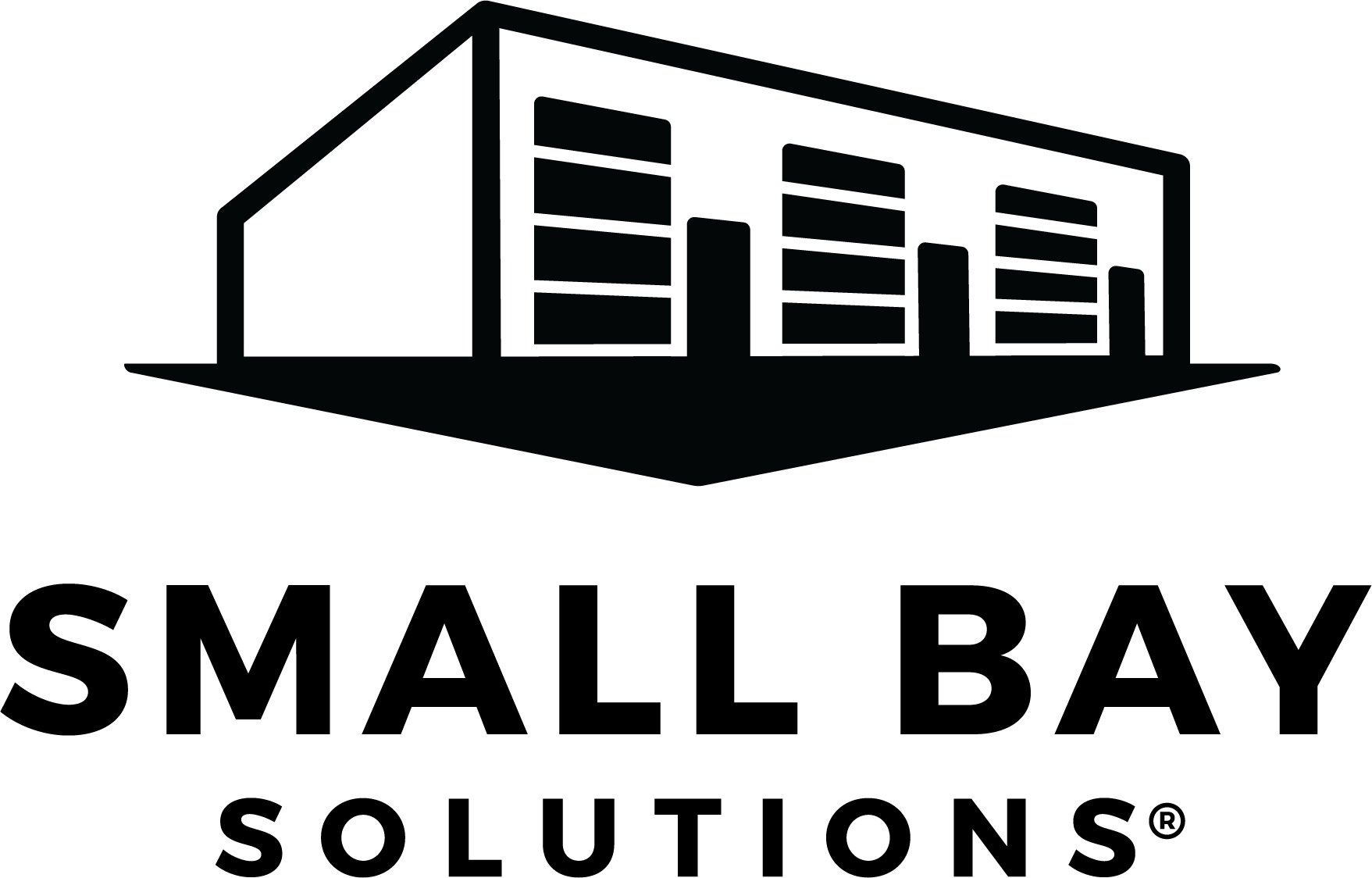In the dynamic world of small business ownership, mastering the synergy between small bay warehousing, marketing, and networking is a surefire way to propel your venture towards success. In this brief guide, we'll navigate the seamless partnerships between these three essential pillars of small business growth, revealing how they can harmonize to create a thriving enterprise.
Part 1: Small Bay Warehousing: The Foundation of Efficiency
Small bay warehousing serves as the bedrock upon which your small business can build its operations. These compact storage facilities offer several advantages that can be instrumental in your success.
Cost-Efficiency and Scalability
Small bay warehousing is known for its budget-friendly nature. As a small business owner, this cost-effectiveness allows you to allocate your resources more efficiently, directing capital towards other critical areas like marketing and networking. Additionally, these spaces are highly scalable, ensuring that as your business grows, your warehousing needs can easily expand with it.
Location and Accessibility
Strategic location is a key attribute of small bay warehouses. By choosing a facility that is conveniently located, you can enhance your supply chain logistics, minimize transportation costs, and ensure timely services to customers. This proximity can also provide the ideal backdrop for networking opportunities within your local business community.
Part 2: Small Business Marketing: Elevating Your Brand
With the right-sized warehousing foundation in place, it's time to turn your attention to the next critical element of success: marketing your small business effectively.
Local SEO Optimization
Begin by optimizing your online presence for local customers. Implement local SEO strategies to ensure that your business is prominently displayed in search engine results when potential customers in your area are searching for your products or services. By aligning your online visibility with your warehousing location, you can attract nearby clients.
Social Media Engagement and Content Marketing
Leverage the power of social media to engage with your audience. Share insights, promotions, and behind-the-scenes glimpses of your warehousing operations. Concurrently, invest in content marketing to establish your authority in your niche. By providing valuable industry-related content, you not only attract potential customers but also bolster your networking capabilities.
Part 3: Leveraging Networking Opportunities for Growth
Networking is the final piece of this success trifecta. It's the bridge that connects your work space and marketing efforts to a broader ecosystem of business opportunities.
Local Business Associations and Online Networking
Join local business associations and chambers of commerce to connect with fellow entrepreneurs. Attend local events, workshops, and seminars to establish meaningful relationships with potential partners and customers. Simultaneously, explore online networking platforms, including forums, LinkedIn groups, and social media communities. Active participation in these online spaces can amplify your networking reach beyond geographical constraints.
Collaborative Partnerships and Referral Programs
Forge collaborative partnerships with businesses that complement your services. For instance, if you provide architectural design services, explore partnerships with contracting companies in need of new designers. Additionally, implement a customer referral program that encourages satisfied clients to refer other businesses to your services, creating a mutually beneficial network of referrals.
Rightsizing your workspace, marketing, and networking are integral components of small business success, and their synergy can be the driving force behind your growth. By seamlessly transitioning between these three keystones, you can create a harmonious and effective strategy that not only optimizes your operations but also expands your reach and enhances your brand's visibility. Master this triad, and watch your small business thrive in the competitive marketplace.
Small Bay Solutions decided that combining these three concepts into our service model was the only way to support small business growth in the regions we are building our first facilities. The Small Bay Solutions model was designed with small business success at the core of every decision.

